The power demands of the Internet of Things could be combated with artificial neurons that mimic biological neurons.



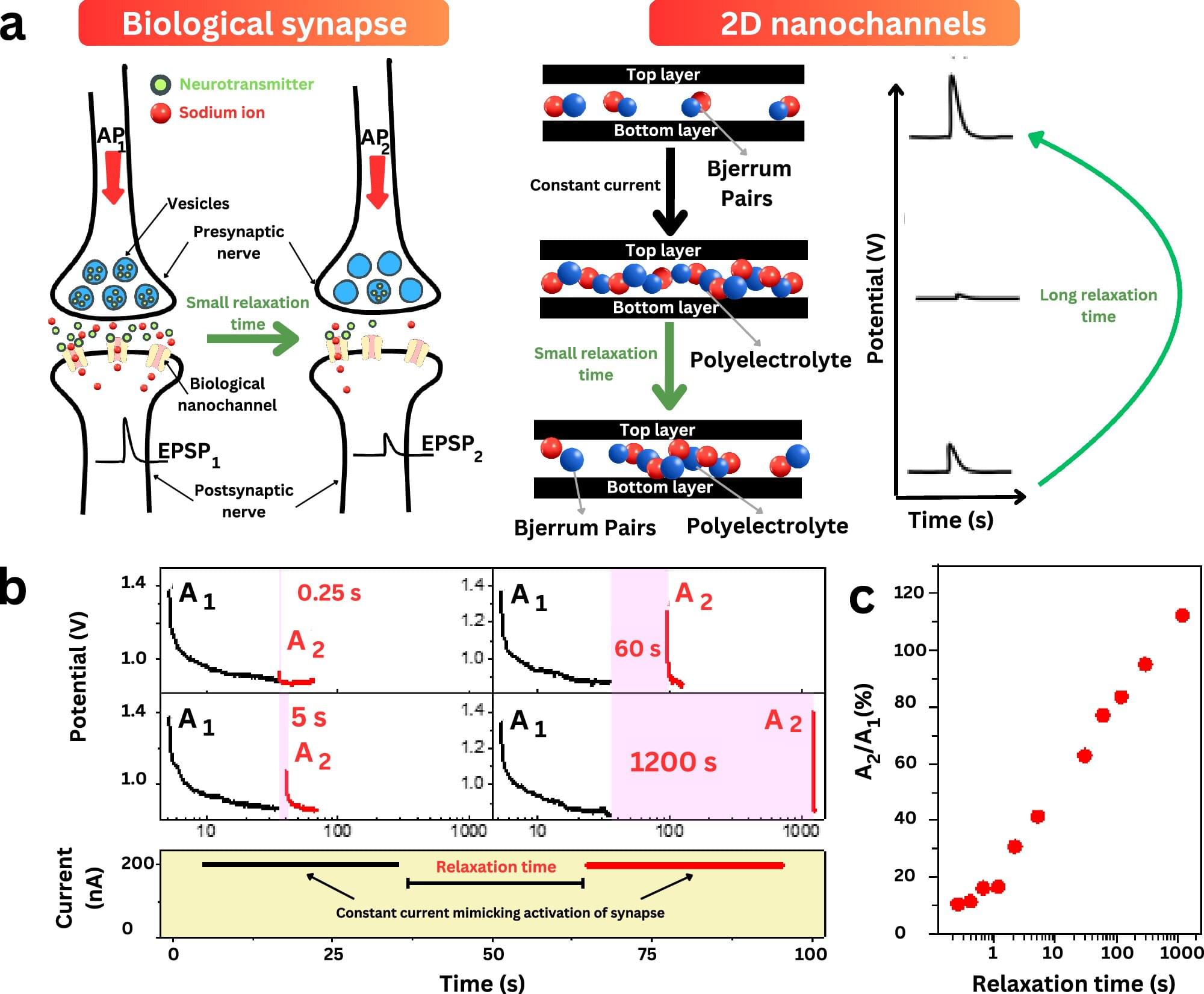
Researchers at The University of Manchester’s National Graphene Institute have developed a new class of programmable nanofluidic memristors that mimic the memory functions of the human brain, paving the way for next-generation neuromorphic computing.
In a study published in Nature Communications, scientists from the National Graphene Institute, Photon Science Institute and the Department of Physics and Astronomy have demonstrated how two-dimensional (2D) nanochannels can be tuned to exhibit all four theoretically predicted types of memristive behavior, something never before achieved in a single device.
This study not only reveals new insights into ionic memory mechanisms but also has the potential to enable emerging applications in low-power ionic logic, neuromorphic components, and adaptive chemical sensing.
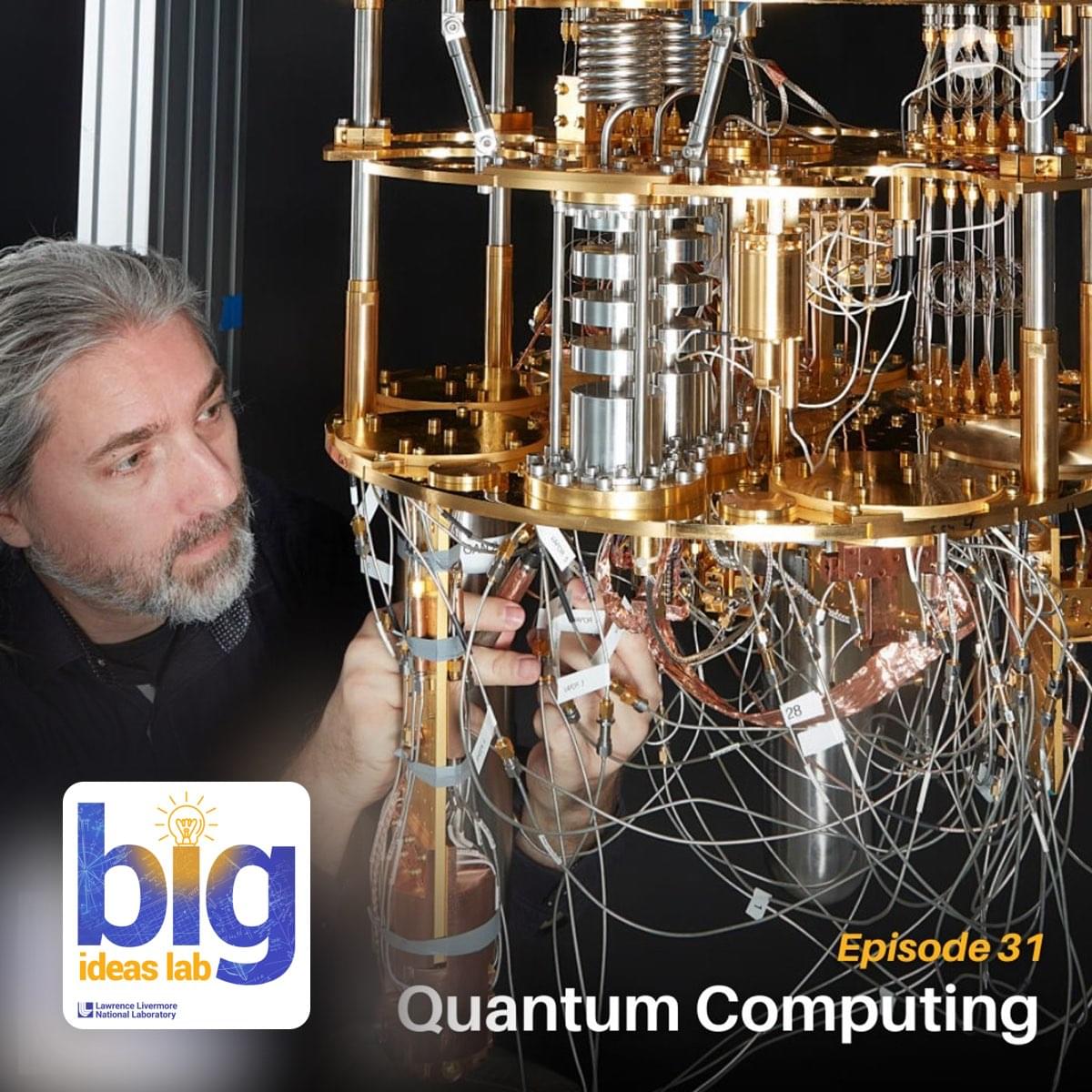
What if scientists could use the peculiar world of quantum mechanics to design solutions once thought impossible — changing how we build, heal, and communicate?
At Lawrence Livermore National Laboratory, researchers are developing quantum systems that could help us do just that. These machines think differently, tapping into the strange rules of quantum mechanics to simulate atomic interactions, unlock new materials, and reveal hidden patterns in nature. In this episode, we’ll explore how quantum computers work, why they need to be colder than deep space, and what it will take to bring their full potential to life.
(This is an Apple Podcast)
Podcast Episode · Big Ideas Lab · 06/03/2025 · 21m.
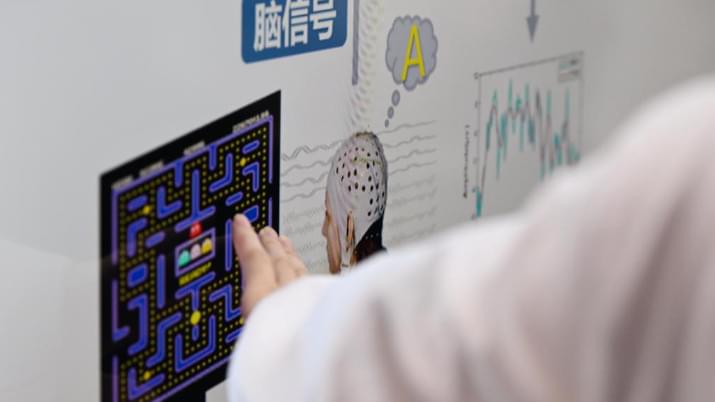
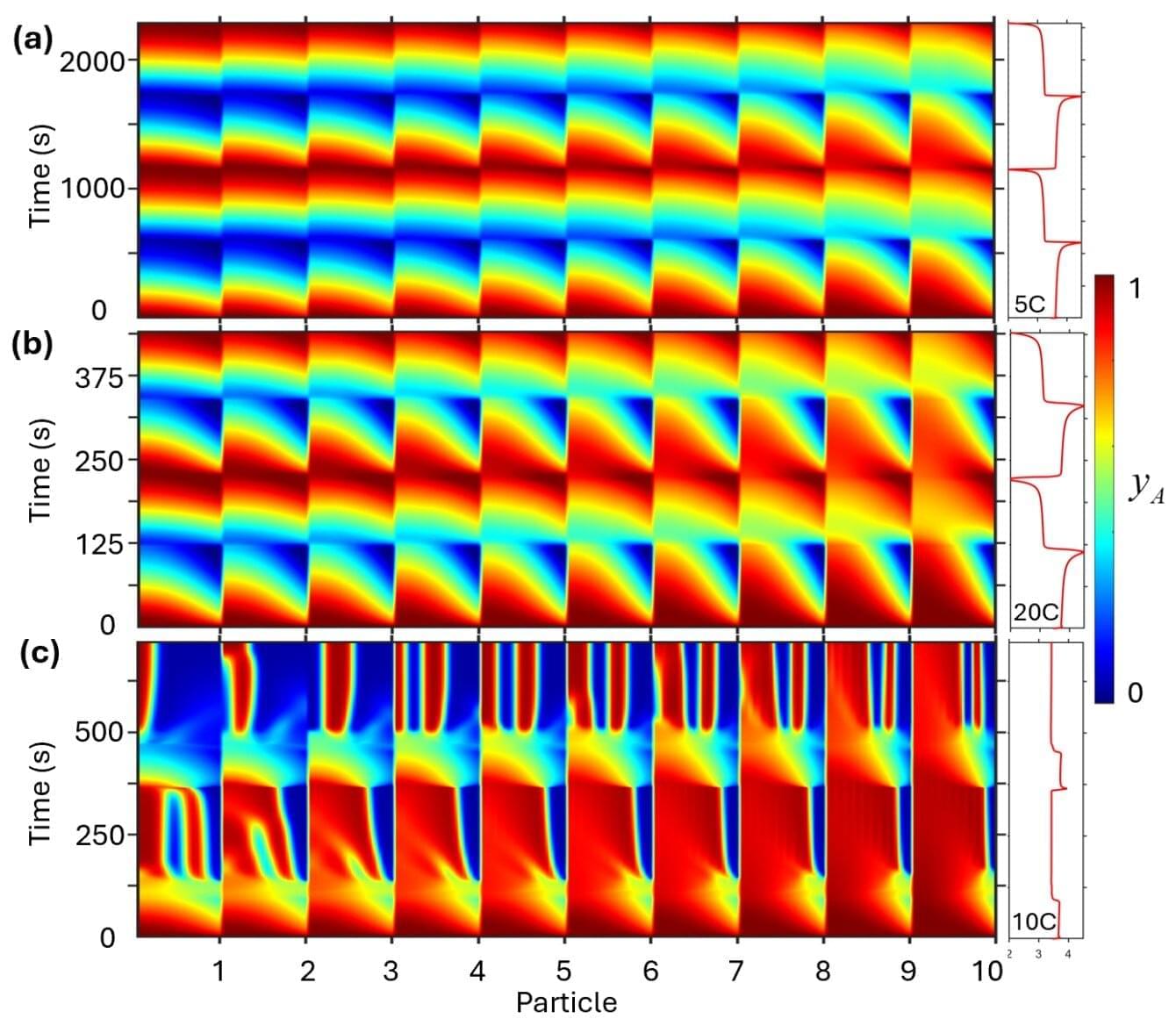
Engineers rely on computational tools to develop new energy storage technologies, which are critical for capitalizing on sustainable energy sources and powering electric vehicles and other devices. Researchers have now developed a new classical physics model that captures one of the most complex aspects of energy storage research—the dynamic nonequilibrium processes that throw chemical, mechanical and physical aspects of energy storage materials out of balance when they are charging or discharging energy.
The new Chen-Huang Nonequilibrium Phasex Transformation (NExT) Model was developed by Hongjiang Chen, a former Ph.D. student at NC State, in conjunction with his advisor, Hsiao-Ying Shadow Huang, who is an associate professor of mechanical and aerospace engineering at the university. A paper on the work, “Energy Change Pathways in Electrodes during Nonequilibrium Processes,” is published in The Journal of Physical Chemistry C.
But what are “nonequilibrium processes”? Why are they important? And why would you want to translate those processes into mathematical formulae? We talked with Huang to learn more.
Renowned Caltech physicist John Preskill joins Brian Greene for an in-depth discussion of quantum mechanics, focusing on where we are and where we’re headed with quantum computing.
This program is part of the Big Ideas series, supported by the John Templeton Foundation.
Participant: John Preskill.
Moderator: Brian Greene.
0:00:00 — Introduction.
0:01:33 — Are There Still Quantum Mysteries?
0:03:32 — Three Pillars of Quantum Mechanics.
0:05:25 — Einstein and Quantum Entanglement.
0:14:51 — Quantum Weirdness and Relativity.
0:17:46 — The Measurement Problem.
0:28:29 — Intro to Quantum Computing.
0:40:28 — Why Preskill Switched Fields.
1:00:51 — What is Quantum Error Correction?
1:15:30 — Quantum Supremacy.
1:23:07 — Can Quantum Systems Impact Society?
1:27:19 — The Black Hole Diary Thought Experiment.
1:31:14 — The Black Hole Bet with Stephen Hawking.
1:38:44 — What We Still Don’t Understand About Black Holes.
1:41:03 — From Baseball Cards to Quantum Physics.
1:45:12 — Credits.
VISIT our Website: http://www.worldsciencefestival.com.
FOLLOW us on Social Media:
Facebook: / worldsciencefestival.
Twitter: / worldscifest.
Instagram: / worldscifest.
TikTok: / worldscifest.
LinkedIn: / world-science-festival.
#worldsciencefestival #briangreene #cosmology #astrophysics
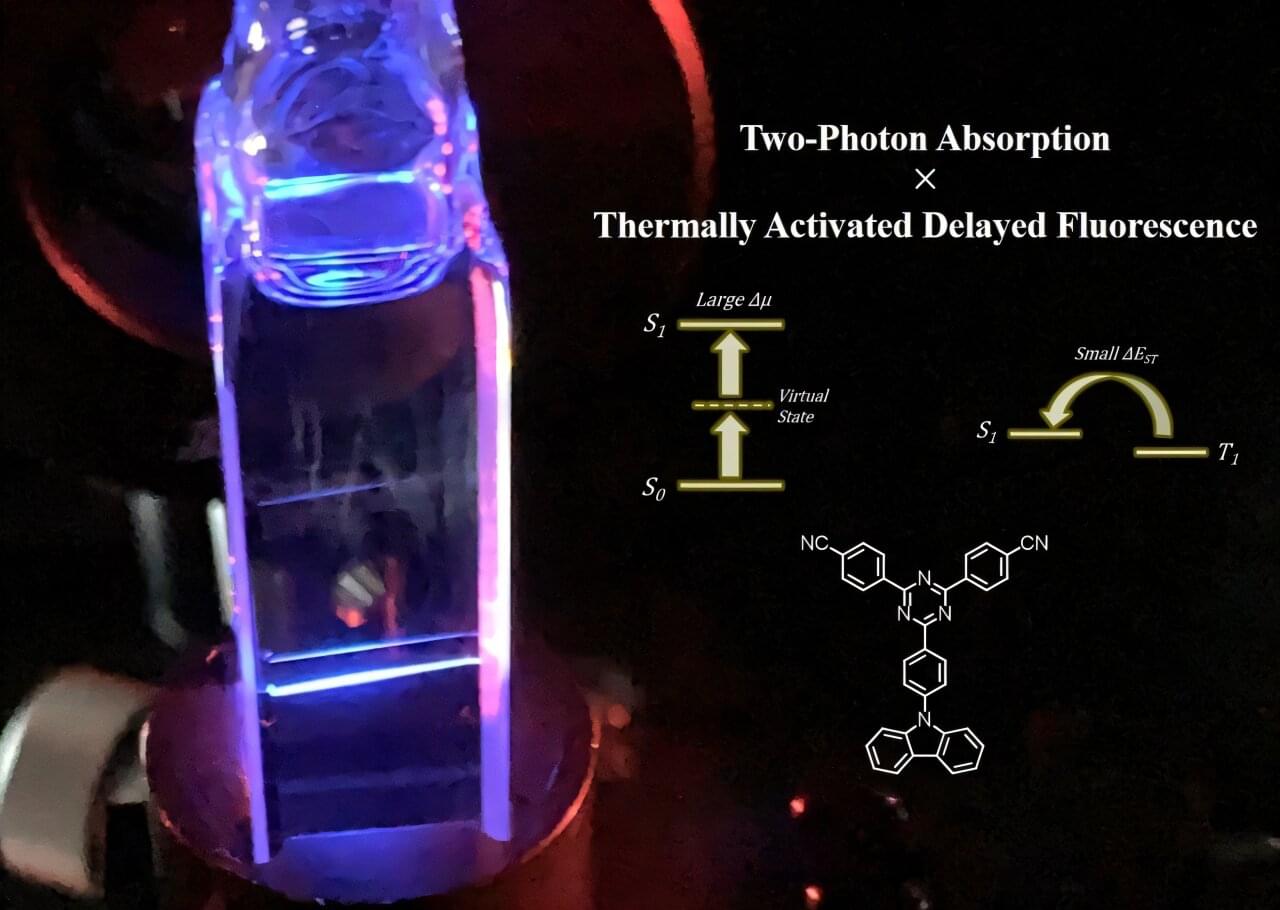
Researchers at Kyushu University have developed a novel organic molecule that simultaneously exhibits two highly sought-after properties: efficient light emission suitable for advanced displays and strong light absorption for deep-tissue bioimaging. This breakthrough addresses a long-standing challenge in molecular design, paving the way for next-generation multifunctional materials.
Their study, published online in the journal Advanced Materials on July 29, 2025, was conducted in collaboration with the National Taipei University of Technology and the National Central University.
Organic light-emitting diodes (OLEDs) are at the forefront of modern display and lighting technologies, powering nearly everything from smartphone screens to large televisions and monitors. A key phenomenon that is actively being researched to enhance OLED efficiency is thermally activated delayed fluorescence (TADF).
